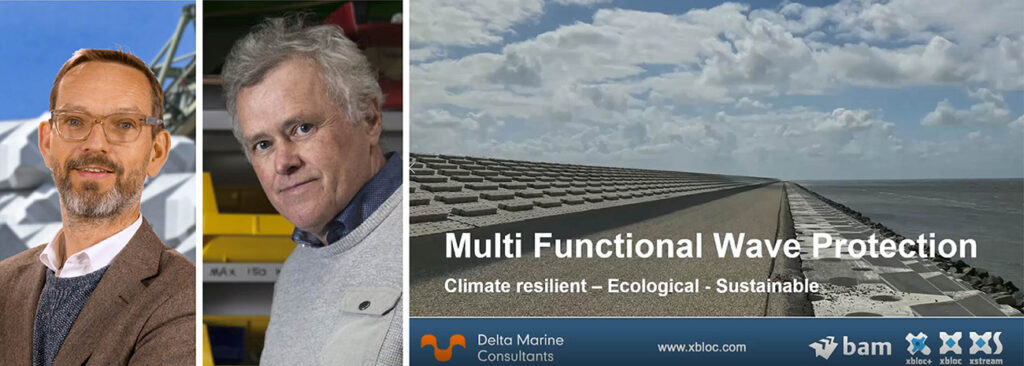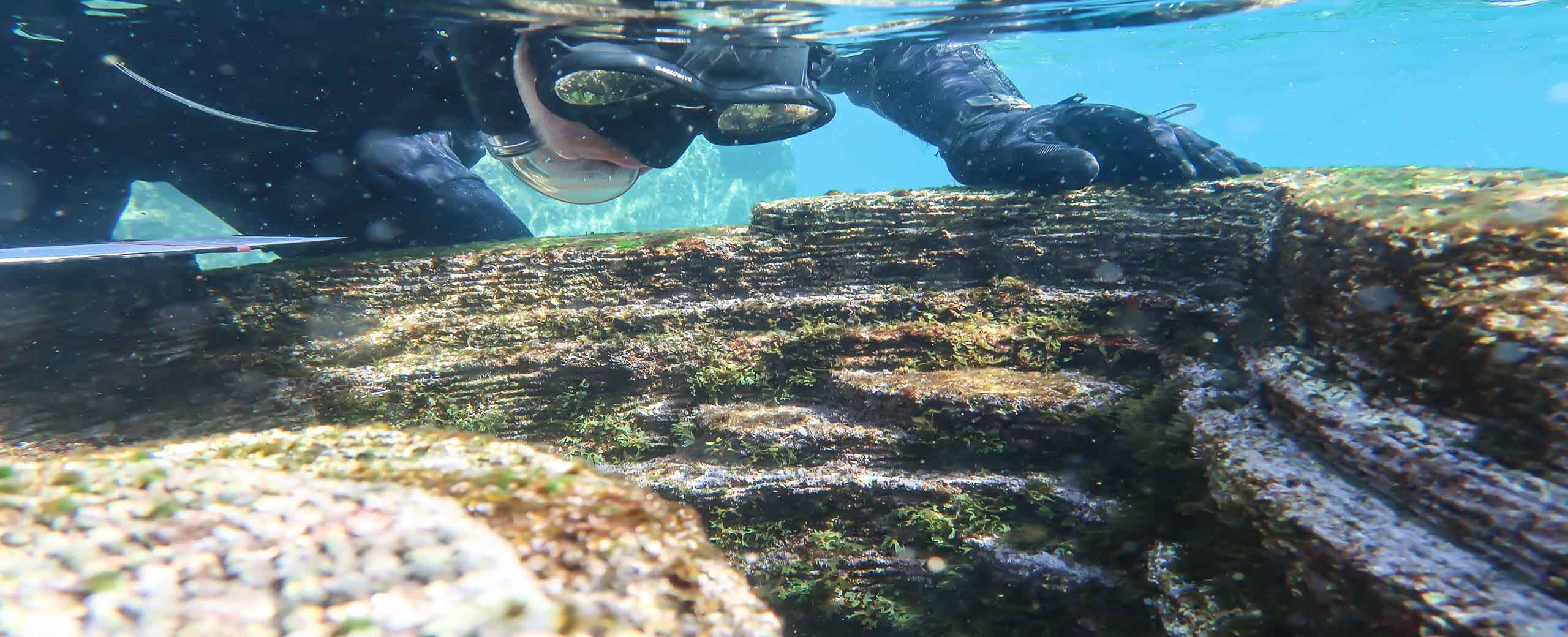In this webinar, the panel of experts in applied coastal engineering explored challenges and solutions in coastal protection structures by discussing innovation, materials, modeling and design solutions.
Hear their insights and lessons learned from completing successful studies, innovation, designs, and construction of coastal defense projects having faced common challenges in marine construction worldwide.
Bas Hofland
Hofland presented on novel measurement techniques in evaluating coastal structures. He discussed developments of new types of units, aligning slope measurements, and sharing knowledge around new innovations. He expounded upon the benefits of regularly placed units and the importance of measuring uplift induced motion, toe sliding, and rocking of single protection units. He emphasized the value of research on different aspects of coastal protection, and the necessity of sharing developments between stakeholders to produce the best outcome (see the coastal and hydraulic engineering journal he started here).

See Bas’ recorded presentation on YouTube ->
Jeroen van den Bos
Coming from his background as a breakwater designer and an academic, van den Bos presented on a research interest of his in coastal structure design, numerical modelling. He focused on rubble mound structures and using OpenFOAM as the main modelling tool. He affirmed that computer modelling needs to be combined with physical models, but argued that the two complement each other and could improve engineering flow. However, the status of numerical modelling remains largely academic and is not used in everyday engineering workflows. He elaborated on why, and provided a case study about artificial reefs to show the potential of numerical modelling.

See Jeroen’s recorded presentation on YouTube ->
Bas Reedijk and Pieter Bakker
Pieter gave a presentation, while Bas joined for the Q&A session at the end, on multi functional wave protection. Pieter spoke about the challenges climate change is producing for coastal protection, and highlights ecological, sustainable solutions such as soft or hybrid structures. He shared that his team at DMC now focus on coastal structures that have high resilience and reliability, low maintenance needs, and are economical, aesthetic, as well as ecological.

See Pieter’s recorded presentation on YouTube ->
More Webinars hosted by ECOncrete:
